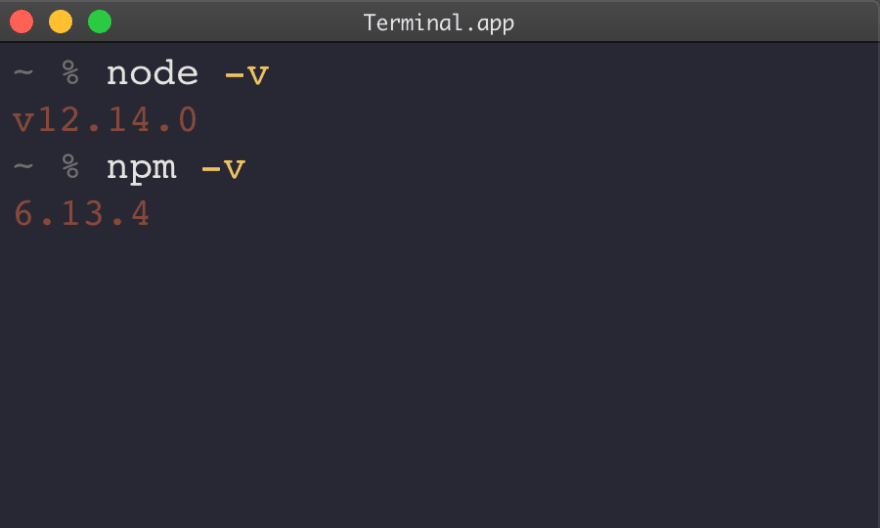
Or use search for packages with long-term support -lts. You can see a list of previously released Node versions from the NodeJS release page If you've done everything correctly, you should be able to run the nvm command and ask it to list which versions node are available. vim ~/.bash_profileĮxecute the content we just pasted. Step 3: Configure your environmental variablesĮither create or open your. Step 2: Create a directory for NVM mkdir ~/.nvm/ This short article describes how to install Homebrew or visit the Homebrew website You install NVM using Homebrew, and if you don't have Homebrew installed yet, read this article. You will need to set up the PATH environment variable in your terminal to have access to Yarn’s binaries globally.Īdd set PATH=%PATH% C:\.yarn\bin to your shell environment.Node Version Manager makes it easy to install multiple Node versions on a Mac. To do this, add export PATH="$PATH:`yarn global bin`" to your profile, or if you use Fish shell, simply run the command set -U fish_user_paths (yarn global bin) $fish_user_paths Windows To have access to Yarn’s executables globally, you will need to set up the PATH environment variable in your terminal. # Look for "Good signature from 'Yarn Packaging'" in the output Path Setup Unix/Linux/macOS To upgrade Yarn, you can do so with Homebrew. Yarn will warn you if a new version is available. To do this, add export PATH="$PATH:`yarn global bin`" to your profile, or if you use Fish shell, simply run the command set -U fish_user_paths (yarn global bin) $fish_user_paths Upgrade Yarn # Look for "Good signature from 'Yarn Packaging'" in the output Path Setup To do this, add export PATH="$PATH:`yarn global bin`" to your profile, or if you use Fish shell, simply run the command set -U fish_user_paths (yarn global bin) $fish_user_paths


In the terminal, log in and log out for the changes to take effect.Add this to your profile: export PATH="$PATH:/opt/yarn-/bin" (the path may vary depending on where you extracted Yarn to).If Yarn is not found in your PATH, follow these steps to add it and allow it to be run from anywhere. This will point yarn to whatever version of node you decide to use. A workaround for this is to add an alias in your.

Note: Due to the use of nodejs instead of node name in some distros, yarn might complain about node not being installed. Sudo apt update & sudo apt install -no-install-recommends yarn


 0 kommentar(er)
0 kommentar(er)
